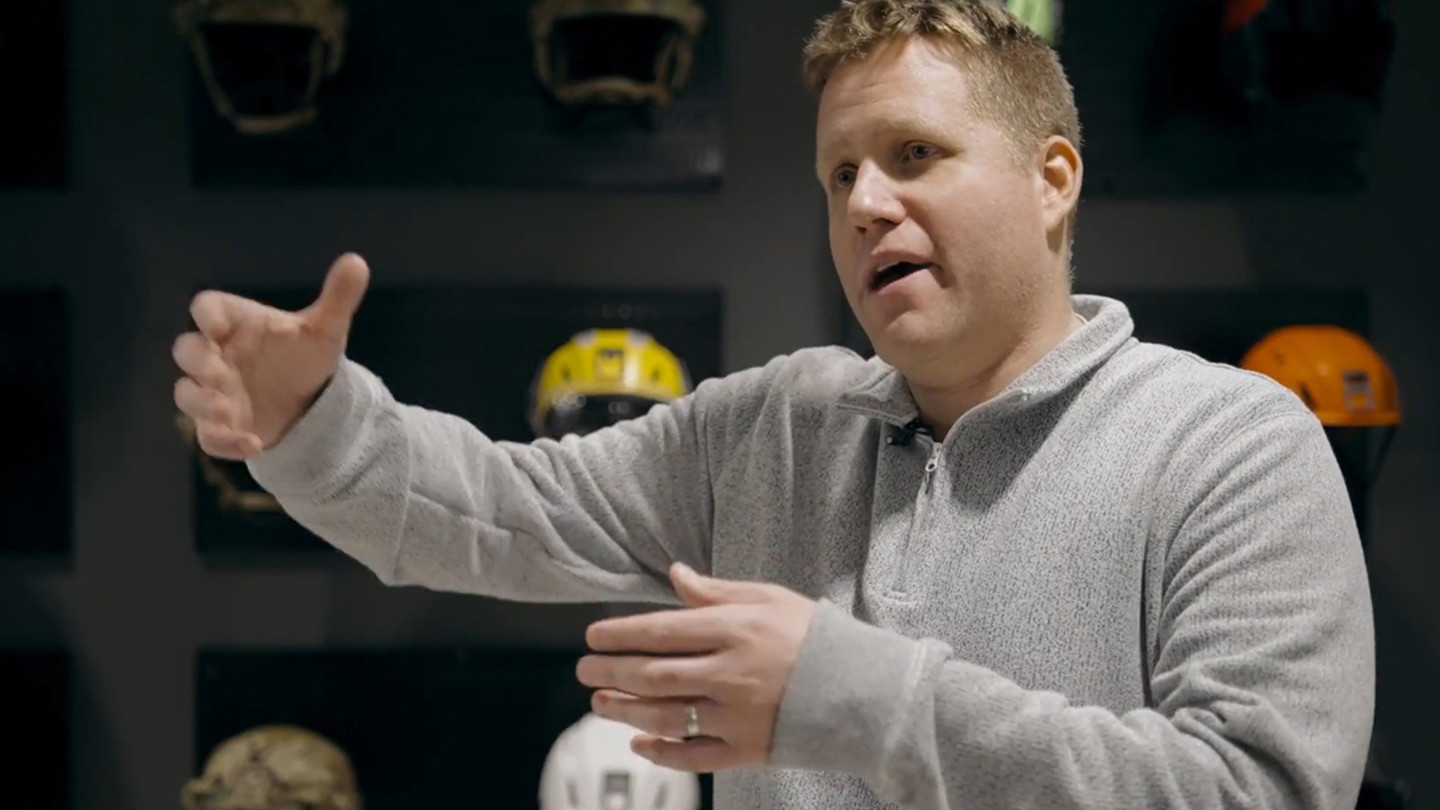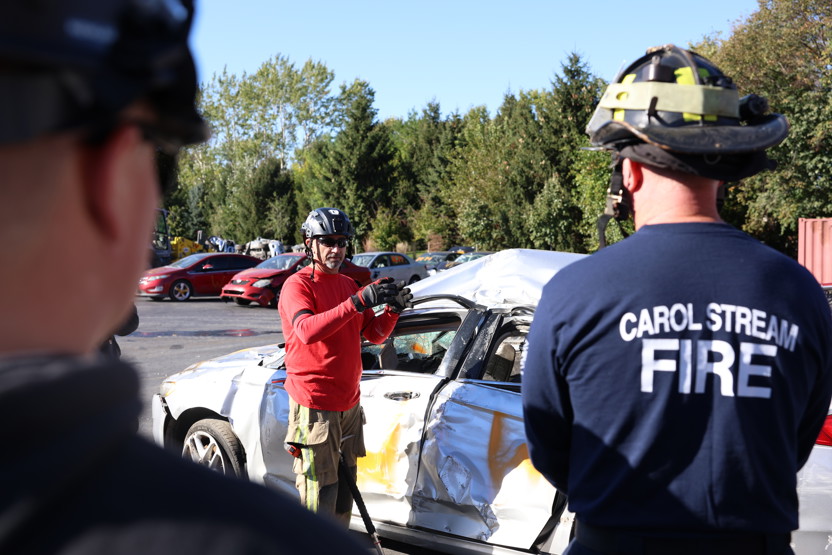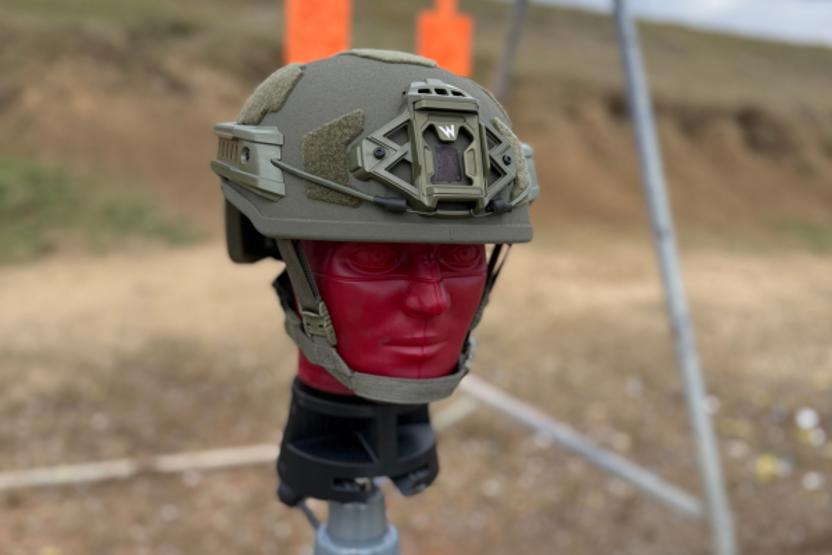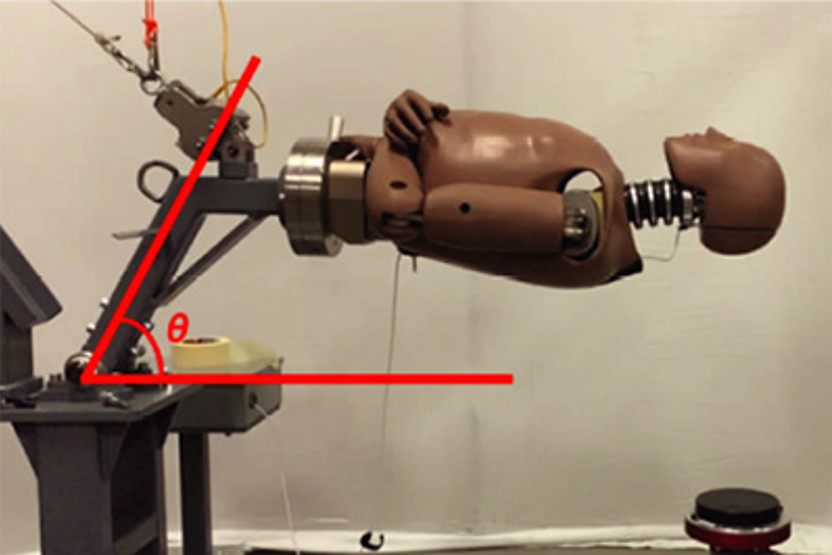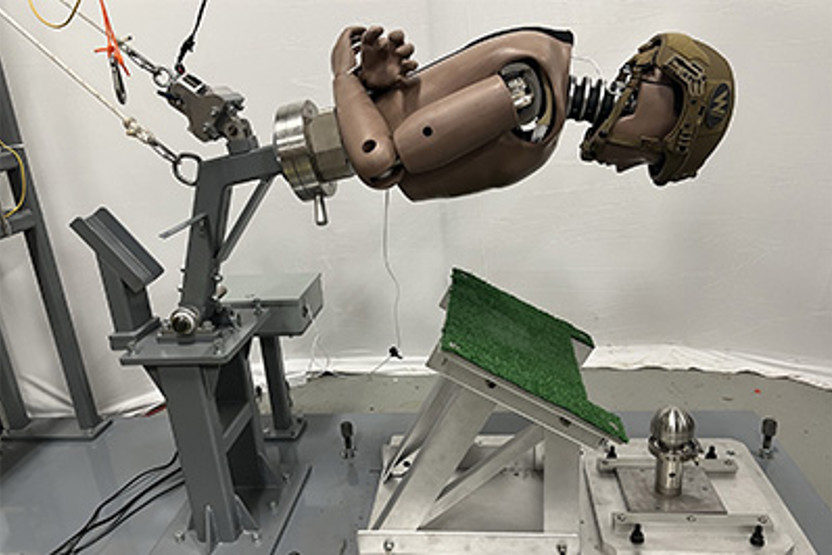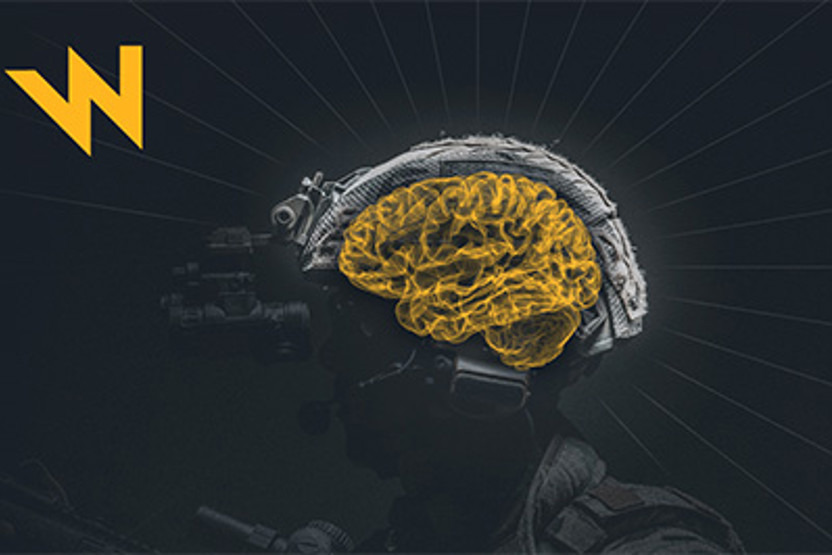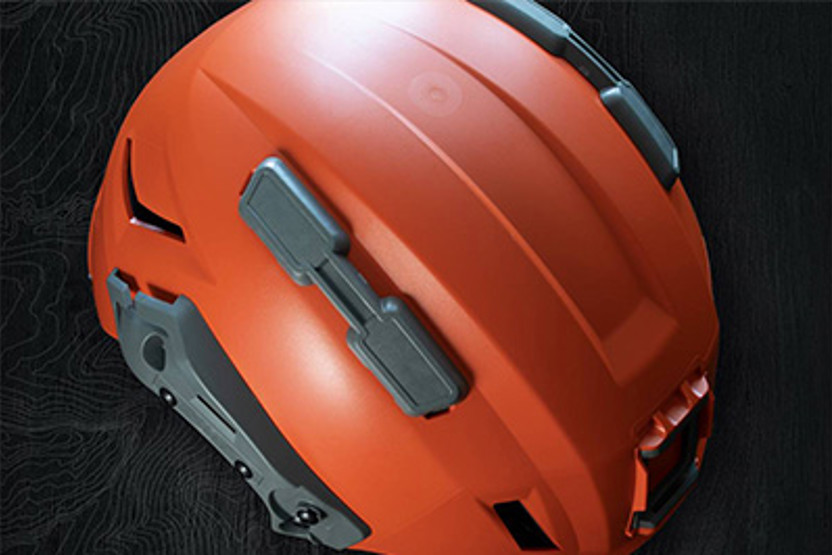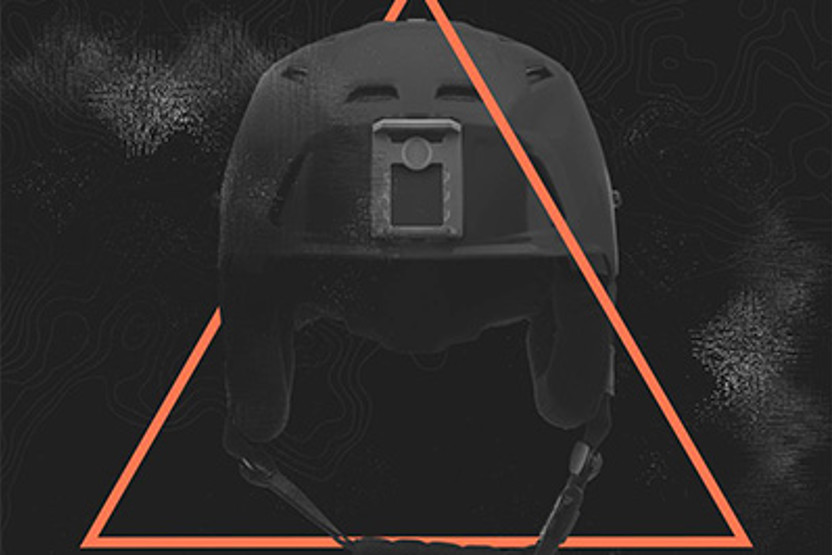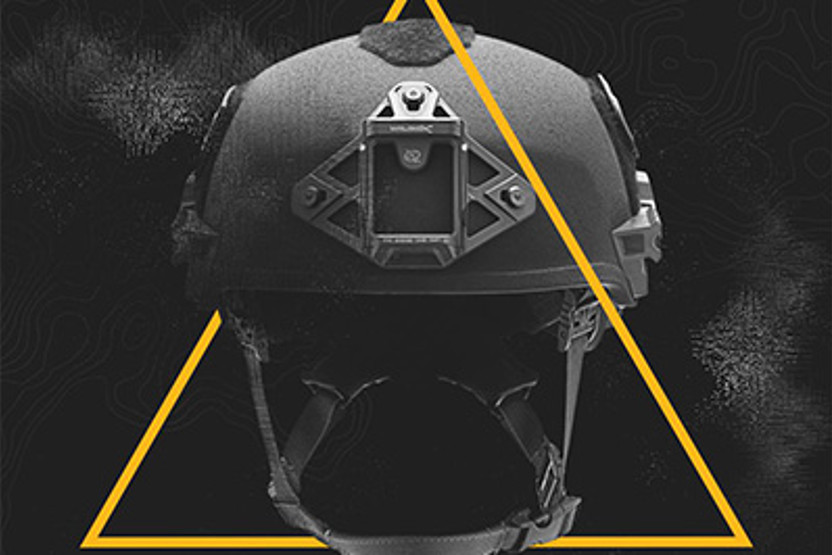Blog
Team Wendy Unveils Groundbreaking Helmet Safety Findings at PASS Symposium
Research & Development
•
Oct 30, 2025
At Team Wendy®, we’re always asking: how can we make head protection smarter, safer, and more responsive to real-world risks? Our answer starts with research—and our latest work with the DREW (Dummy for Rotational Evaluation of Wearables) test rig is helping us rethink what helmet safety really means.
Moving Beyond Traditional Testing
Most helmet tests focus on linear impacts—straight drops onto a hard surface. But real accidents are rarely that simple. DREW is our biofidelic test rig designed to simulate actual head-to-ground falls, capturing both linear and rotational motion. With its Hybrid-III head, neck, and torso on a pivoting assembly, DREW lets us study everything from direct impacts to whiplash events, giving us a much clearer picture of how helmets perform when it matters most.
What We’re Learning
At the recent Personal Armour Systems Symposium (PASS) in Belgium, our team shared new findings from DREW. We compared our standard EXFIL® Ballistic helmet liner to a high-density foam ballistic liner (think more rigid; not soft foam), and the results were eye-opening. The rigid foam liner produced higher head loads—both straight-on and twisting—without reducing peak angular velocity. In short, more rigidity or density doesn’t always mean better protection in real-world falls.
We also used DREW to mimic parachute landings, tuning the rig until it matched sensor data from paratroopers within 4%. This kind of realism helps us set meaningful targets for helmet design and could influence future safety standards.
Research That Drives Innovation
What makes this work truly exciting is how it feeds directly into our helmet development process. Every new insight from DREW helps us refine our designs, making each helmet better than the last. As we learn more about how the brain responds to complex impacts, we’re able to engineer solutions that go beyond passing tests—they’re built to prevent traumatic brain injury (TBI) in the real world.
Our commitment to ongoing, peer-reviewed research means we’re not just keeping up with industry standards—we’re helping to set them. By sharing data and collaborating with academic and government partners, we’re working to raise the bar for head protection everywhere.
Looking Ahead
We’re proud to be at the forefront of helmet safety, but we know there’s always more to learn. If you’re interested in the details, you can view our PASS poster here. The paper is also available via PASS proceedings.



